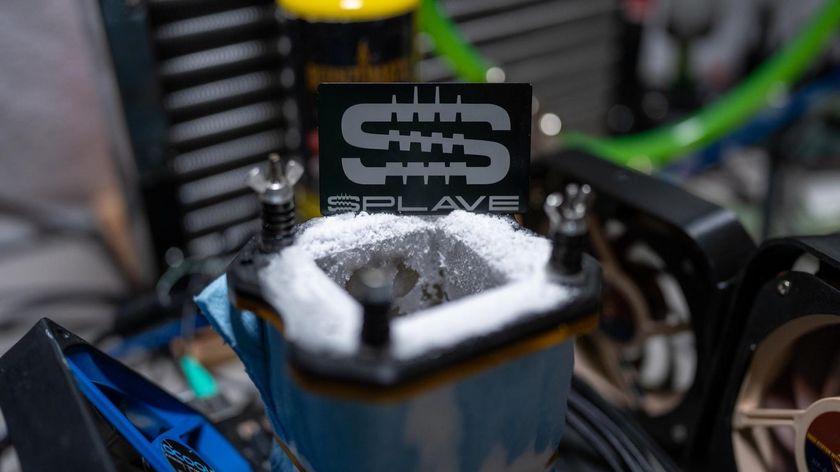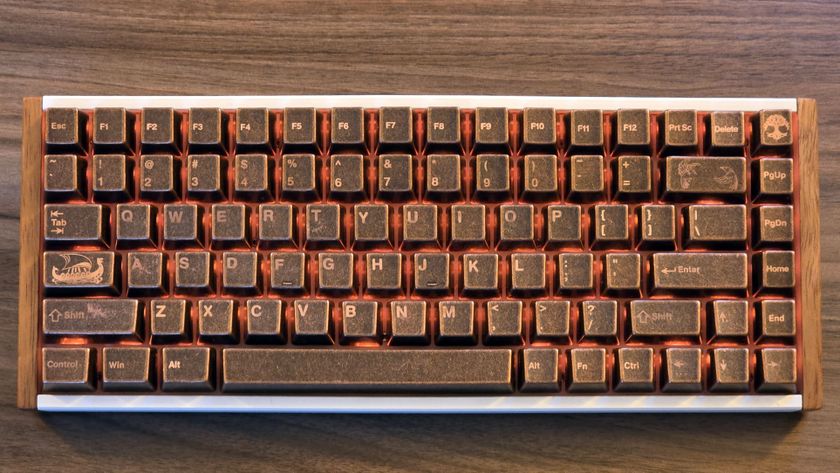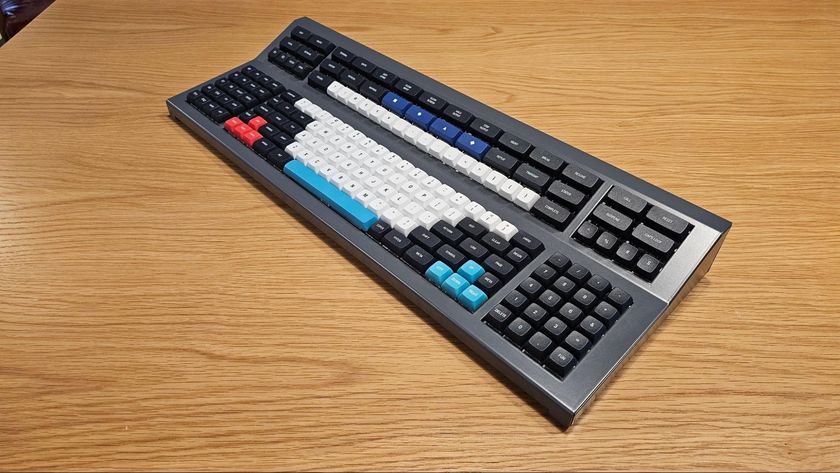Rendering, Encoding, and Compression
Rendering









DDR4-3200 C14 is the fastest in Cinebench R15 and rendering and visualization workloads in PCMark 10. It delivers up to a 2.5 percent increase in the first and a 7.29 percent boost in the latter. This configuration remains the best choice in LuxMark as well. DDR4-3200 C14 is 8.45 percent and 9.16 percent faster than JEDEC's DDR4-2133 standard in the OpenCL and C++ tests, respectively.
However, DDR4-3466 C16 manages to beat DDR4-3200 C14 in the Corona 1.3 benchmark. The performance improvement of using DDR4-3466 over DDR4-2133 is around 6.41 percent.
POV-Ray is immune to faster memory as the difference between the different speeds was less than one percent. On the other hand, V-Ray and Blender show some improvement. Memory speeds in the likes of DDR4-2933, DDR4-3000, and DDR4-3200 are 2.63 percent quicker than DDR4-2133. In Blender, we see DDR4-3200 C14 once again with a 2.04 percent boost in performance.
Encoding & Compression







So far, compression workloads benefit the most from faster memory. In 7-Zip, DDR4-3200 C14 delivers up to 12 percent better performance in comparison to DDR4-2133. The same configuration performs up to 14.66 percent faster in Winrar as well. However, memory speeds play a null role in decompression in both programs.
The encoding results reveal that DDR4-3200 C14 is still the best memory speed, as the configuration delivers a performance boost of up to 3.73 percent and 2.79 percent in HandBrake with the X264 and X265 codecs, respectively.
And lastly, memory speed doesn't matter when it comes to encoding audio files.
MORE: Best Memory
Stay On the Cutting Edge: Get the Tom's Hardware Newsletter
Get Tom's Hardware's best news and in-depth reviews, straight to your inbox.
MORE: DDR DRAM FAQs And Troubleshooting Guide
MORE: All Memory Content
Current page: Rendering, Encoding, and Compression
Prev Page Office and Productivity Next Page Gaming
Zhiye Liu is a news editor and memory reviewer at Tom’s Hardware. Although he loves everything that’s hardware, he has a soft spot for CPUs, GPUs, and RAM.











